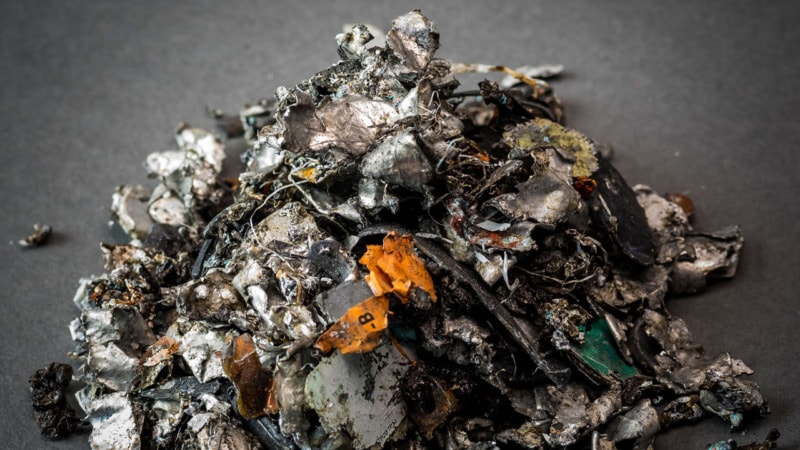
The battery pack of a Tesla Model S is a feat of intricate engineering. Thousands of cylindrical cells with components sourced from around the world transform lithium and electrons into enough energy to propel the car hundreds of kilometers, again and again, without tailpipe emissions. But when the battery comes to the end of its life, its green benefits fade. If it ends up in a landfill, its cells can release problematic toxins, including heavy metals. And recycling the battery can be a hazardous business, warns materials scientist Dana Thompson of the University of Leicester. Cut too deep into a Tesla cell, or in the wrong place, and it can short-circuit, combust, and release toxic fumes.
That’s just one of the many problems confronting researchers, including Thompson, who are trying to tackle an emerging problem: how to recycle the millions of electric vehicle (EV) batteries that manufacturers expect to produce over the next few decades. Current EV batteries “are really not designed to be recycled,” says Thompson, a research fellow at the […]











Seems like there is always la downside to what at first is seemingly a stride foreword. We lower carbon emissions by replacing oil with electric, only to create a new problem, toxic waste from depleted batteries. Kind of like how we all embraced recycling, only to find out much of our efforts at separating out our recyclables amounts to naught …. most of what we separated ends up going into landfills anyway! There is no secondary market demand for a large percentage of those materials. Disheartening ….. Tom N
I guess that it is encouraging to see that there is some growing awareness of this additional complication, as we race headlong into another green ‘solution’ that has not considered the whole life cycle. Meanwhile, a great solution to both fuel and true plastic recycling, Higher Mixed Alcohol Fuel, remains ignored and unfunded, perhaps because of too many green-fuel boondoggles.
As far as I can tell, this closed-loop pyrolytic process would also recycle these batteries safely; there will be vast numbers of them out there somewhere long before we ever get to drive with this fuel.
I’m glad there are many minds working on this and that recyclers and designers are in communication together. Many things of value must have seen like “boondoggles” at first.